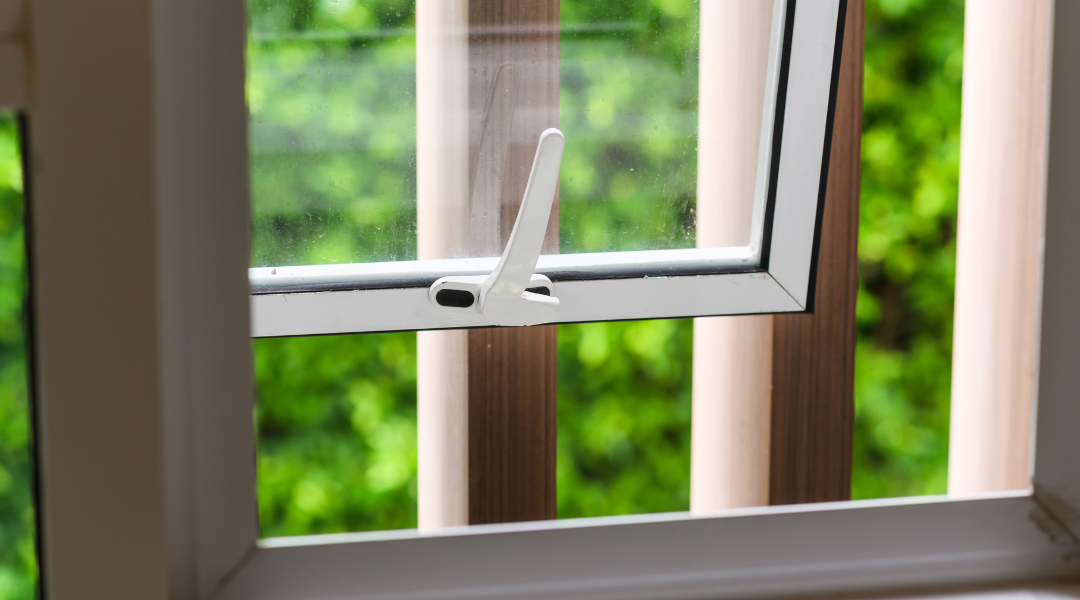This winter has been a wetter one than usual with the amount of rain we’ve had. As climate change continues to bring more extreme weather and increased rainfall - we wanted to touch on flood risks and what to do if this ever happens in your home.
Although the majority of postcodes in our area aren't high-risk flood zones - we'd rather be overprepared than underprepared in case unexpected flooding happens. Even if it's never happened before.
How to prepare...

f you know there's heavy rainfall expected in your area:
- Stay in the loop. Sign up for flood alerts from the Environment Agency or check the live flood map for updates. These will notify you of any potential risks and advise if you need to take any action.
- Insurance. If you haven't got contents insurance - it can be a lifesaver in these situations. It helps replace your belongings if they get damaged.
- Know your surroundings. Check the potential water sources near your home, like rivers, streams, or even low-lying areas prone to collecting water.
- Prepare your home:
- Seal entrances - check doorways and walls for any gaps or cracks. Seal them with waterproof materials like caulk or sealant.
- Move valuables upstairs - store important documents, electronics, and cherished belongings on higher floors or elevated surfaces to minimise water damage.
- Have a plan - discuss a plan with your family on how to get out and who you need to contact in case of an emergency.
If your home begins to flood...

If you notice water begins to flood your home, don't panic - but react as quickly as you can.
- Switch off. If you can safely access the main switches, turn off your electricity and gas supply. Only do this if it's safe and the water hasn't reached the switches.
- Evacuate if necessary. If the water level rises quickly or you feel unsafe, evacuate your home immediately. Prioritise the safety of yourself and your family over your belongings.
- Contact us. Call us immediately to report the flooding. We can help assess the situation and guide you on the next steps.
Next steps...

After the flooding has cleared, if it's safe to return to your home:
- Open windows and doors. Allow the flooded areas to dry out and ventilate to prevent mould growth. If safe to do so, remove any wet furniture or carpets to speed up the drying process.
- Stay safe: Avoid any potential electrical hazards. If your home still has standing water, do not turn on the electricity. We'll arrange for an electrician to check for safety before turning on electricity and gas.
- Document the damage. If possible, take pictures or videos of the flooded areas and any damage to your belongings. This will be helpful for your contents insurance claim later on.
Please remember that this information is only intended as guidance to help you prepare for the unlikely event of flooding. If the worst did actually happen, we would be there to support you every step of the way. This would include temporary accommodation if your home became unhabitable.
Insurance, insurance, insurance.
Although we are responsible for the repairs to your building, we don't cover your personal belongings as part of your tenancy agreement.
If your things (your clothes, furniture, etc) ever get damaged, then you need contents insurance to get them replaced/fixed. Click here to find out more.